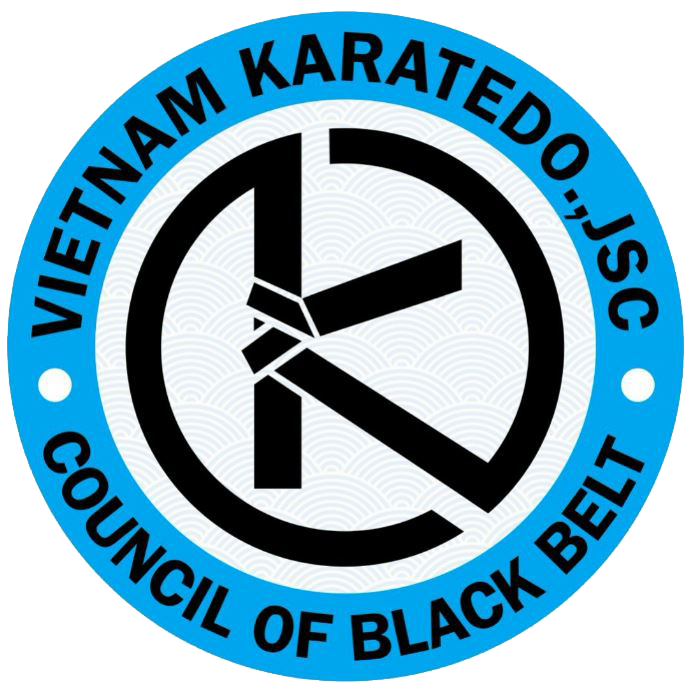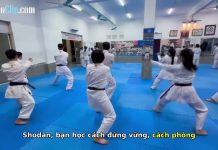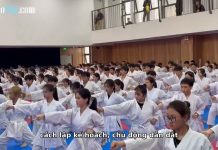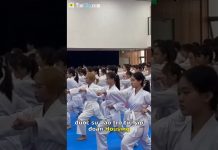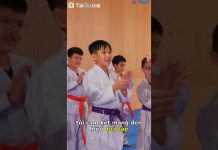Karate Kata Suparinpei Tutorial – Step-by-Step Guide to Mastering the Ultimate Goju-Ryu Kata
Looking to master the most advanced kata in Goju-Ryu Karate? This Karate Kata Suparinpei tutorial will walk you through the fundamentals, history, and key movements of Suparinpei (壱百零八) — also known as the “108 Hands.”
Whether you’re a black belt refining your form or a dedicated student preparing for dan-level exams, this guide will help you understand and improve every aspect of Suparinpei.
What is Suparinpei?
Suparinpei is the final and most complex kata in the Goju-Ryu Karate system. The name literally means “108 hands”, symbolizing the number 108 in Buddhism — representing worldly desires or sins that must be overcome to reach enlightenment.
In martial terms, Suparinpei combines:
-
Hard and soft techniques (Go = hard, Ju = soft)
-
Circular blocks
-
Joint locks
-
Close-quarter striking
-
Breath control
-
Internal energy focus
What You’ll Learn in This Suparinpei Tutorial
This Suparinpei kata tutorial will guide you through:
✅ 1. Opening Posture and Breathing
Start with correct posture, calm breathing, and readiness — rooted in zanshin (awareness).
✅ 2. Transitions and Footwork
Suparinpei requires smooth transitions, precise stance shifts (sanchin-dachi, shiko-dachi, zenkutsu-dachi), and fluid redirections of energy.
✅ 3. Core Techniques
Master core moves including:
-
Circular blocks
-
Palm heel strikes
-
Nukite (spear hand)
-
Elbow strikes
-
Sweeps and shifts
-
Close-range parries
✅ 4. Timing and Rhythm
This kata blends fast, explosive techniques with slower, deliberate movements. Rhythm is essential.
✅ 5. Kime and Breathing Coordination
Learn how to align your strikes with focused exhalation and hip rotation (kime) for maximum power.
Video Tutorial: Learn Suparinpei Step by Step
(Embed or link to a video here)
Break the kata into 3–4 sections and practice each separately:
-
Section 1: Opening, initial blocks, and directional shifts
-
Section 2: Combination strikes and rotations
-
Section 3: Circular movement, back-step blocks, and redirection
-
Section 4: Final sequences and closing stance
Slow motion practice is highly recommended at first, then gradually increase speed.
Tips for Practicing Suparinpei Effectively
✅ Warm up your hips, legs, and shoulders before starting
✅ Use a mirror or video recording to self-correct posture
✅ Focus on breath and intention, not just physical movements
✅ Practice in short sections before performing the full kata
✅ Review bunkai (application) to understand the meaning of each move
Common Mistakes to Avoid
❌ Rushing through techniques
❌ Overly stiff or robotic motion
❌ Improper stance transitions
❌ Losing breathing rhythm
❌ Lack of mental focus or intention
Why Learn Suparinpei?
-
✅ It’s a dan-level requirement in many Goju-Ryu systems
-
✅ Offers a deep understanding of internal martial principles
-
✅ Combines self-defense, breath control, and spiritual discipline
-
✅ Sharpens coordination, endurance, and mind-body balance
Who Should Learn Suparinpei?
This kata is designed for:
-
Black belts (Shodan and above)
-
Serious Goju-Ryu students
-
Instructors training for high-level grading
-
Martial artists exploring advanced traditional forms
-
Practitioners interested in internal energy and kata meditation
Final Thoughts
Mastering Karate Kata Suparinpei is not just about memorizing movements — it’s about understanding energy flow, breathing, rhythm, and martial intent. With dedicated practice and correct guidance, this kata becomes a powerful expression of Goju-Ryu philosophy.
Start today with this detailed Karate Kata Suparinpei tutorial, and take your martial arts journey to the next level.
